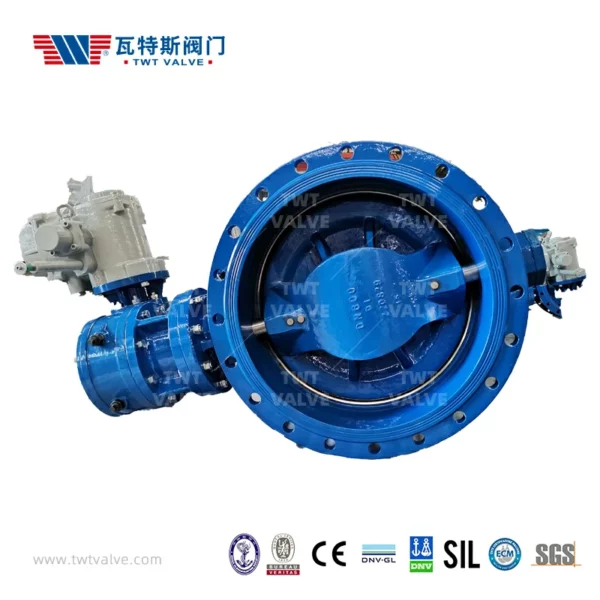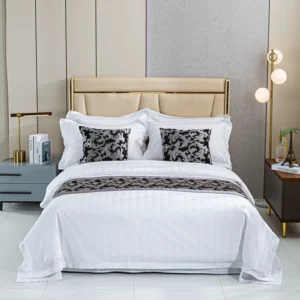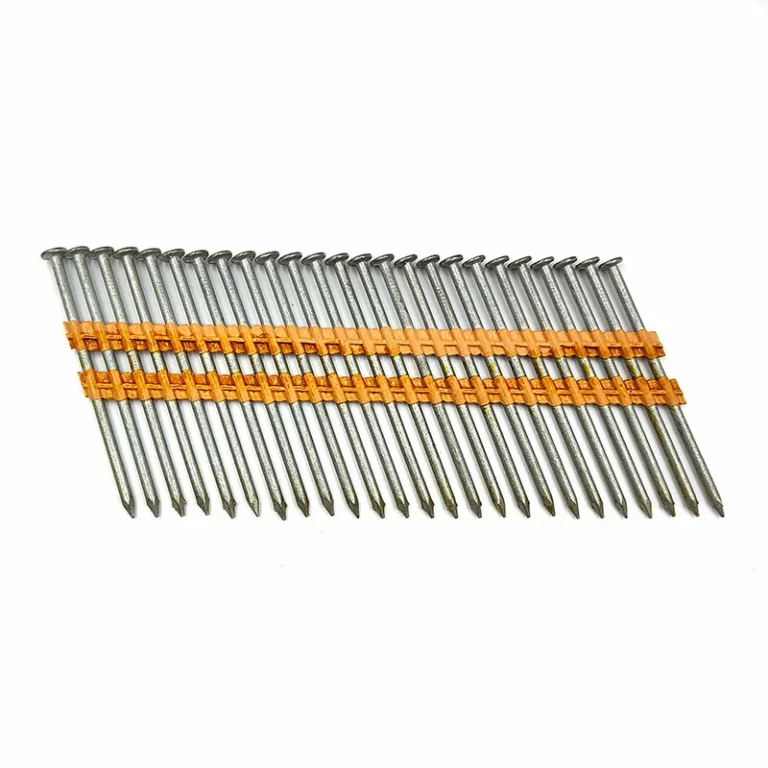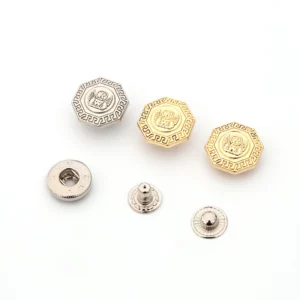Motorized soft sealing butterfly valves play a significant role in enhancing automation and control in industrial systems by providing precise and reliable fluid flow regulation.
Here are several ways in which these valves contribute to automation and control:
- Motorized Actuation:
- Motorized soft sealing butterfly valves are equipped with electric actuators that allow for automated and remote control. The motorized actuation enables precise positioning of the valve disc, facilitating accurate flow control based on signals from the control system.
- Precise Positioning and Control:
- The electric actuators in motorized valves offer precise positioning capabilities. This level of control allows operators to set specific opening angles, providing accurate regulation of fluid flow rates in industrial processes.
- Automation Integration:
- Motorized soft sealing butterfly valves can be seamlessly integrated into automation and control systems. This integration allows for centralized monitoring and control, enabling operators to manage multiple valves simultaneously and optimize overall system performance.
- Modulating Control:
- These valves are capable of modulating control, meaning they can adjust the valve position continuously to achieve the desired flow rates. Modulating control is essential for processes with varying flow requirements, contributing to flexibility and efficiency in industrial systems.
- Feedback Mechanisms:
- Motorized valves often incorporate feedback mechanisms, such as position sensors. These sensors provide real-time information on the valve’s position, soft sealing butterfly valve allowing the control system to continuously monitor and adjust the valve for optimal performance.
- Remote Operation and Monitoring:
- The motorized actuation allows for remote operation and monitoring of the valves. This is particularly beneficial in industrial settings where valves may be located in challenging or hazardous environments. Operators can control and monitor the valves from a centralized control room.
- Programmable Logic Controller (PLC) Integration:
- Motorized soft sealing butterfly valves can be integrated with PLCs to enable advanced control strategies. PLCs can execute complex sequences of operations, allowing for enhanced automation, coordination with other equipment, and response to various process conditions.
- Quick Response Time:
- Electric actuators in motorized valves provide quick response times. This rapid response allows for swift adjustments to changes in process conditions, ensuring that the valve can meet the dynamic demands of the industrial system.
- Emergency Shutdown Capability:
- Motorized soft sealing butterfly valves can be programmed to respond to emergency shutdown signals automatically. This capability enhances the safety of industrial processes by rapidly closing or opening valves in critical situations.
- Energy Efficiency:
- Motorized valves contribute to energy efficiency by allowing precise control of fluid flow rates. This level of control helps minimize energy consumption and ensures that the industrial system operates at optimal efficiency.
- Soft Sealing for Tight Shutoff:
- The soft sealing feature in these valves improves the tight shutoff capability, preventing leakage and ensuring the integrity of the process. This is especially crucial in applications where maintaining a seal is essential.
In summary, motorized soft sealing butterfly valves enhance automation and control in industrial systems by providing motorized actuation, precise positioning, integration with automation systems, modulating control, feedback mechanisms, remote operation, PLC integration, quick response times, emergency shutdown capabilities, energy efficiency, and improved sealing capabilities. These features collectively contribute to the efficient and reliable control of fluid flow in various industrial processes.








